
Masahisa Fukase’s Solitude of Ravens, first published in 1986, is considered by many to be a high point in postwar Japanese photography, and even one of the most important photobooks ever created. While I am not qualified to make such proclamations, I can testify to the fact that owning, living with, and looking at Ravens is an experience unlike any other.
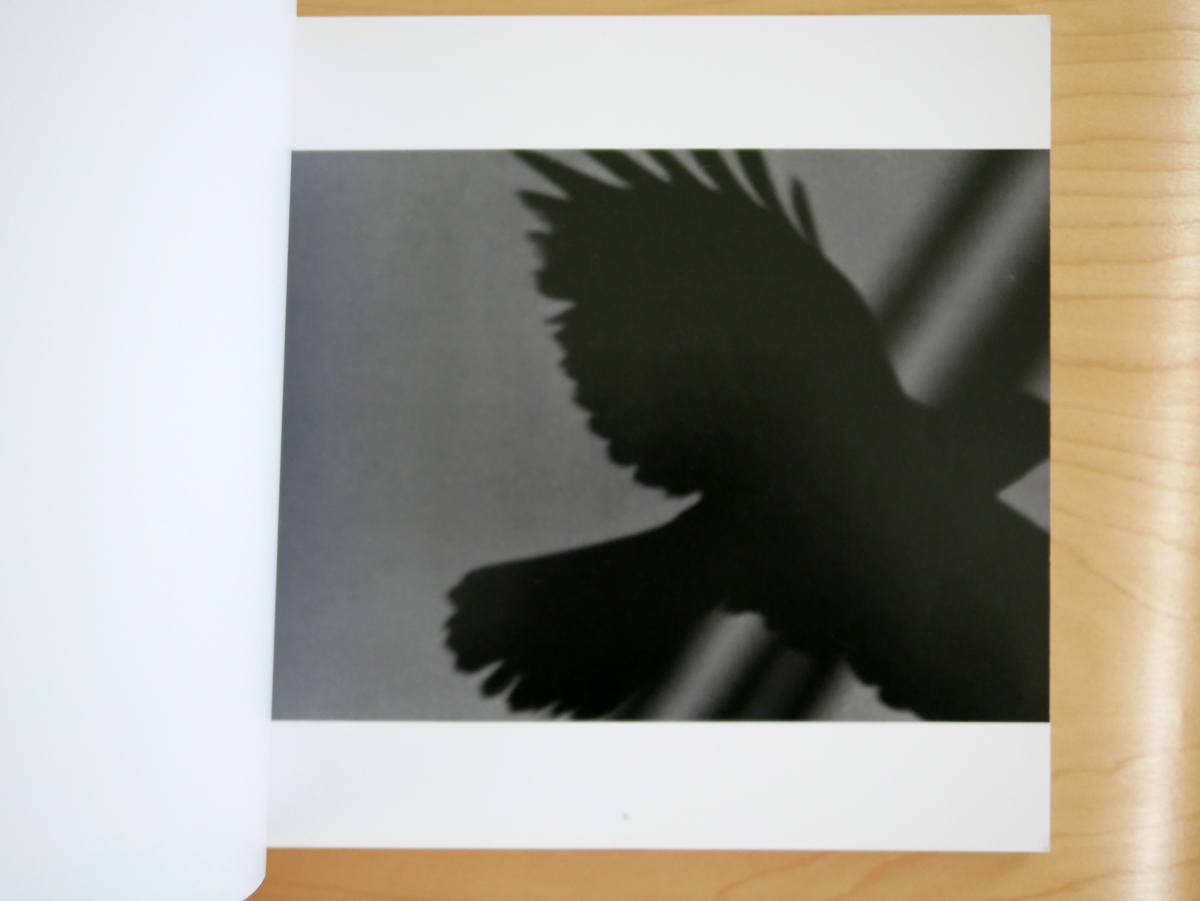
The black and white images contained within were taken between 1976 and 1982 following Fukase’s divorce from his wife Yōko Wanibe. We can say these were dark, solitary times but the photographer’s eye clearly goes well beyond simple emotion and circumstance.
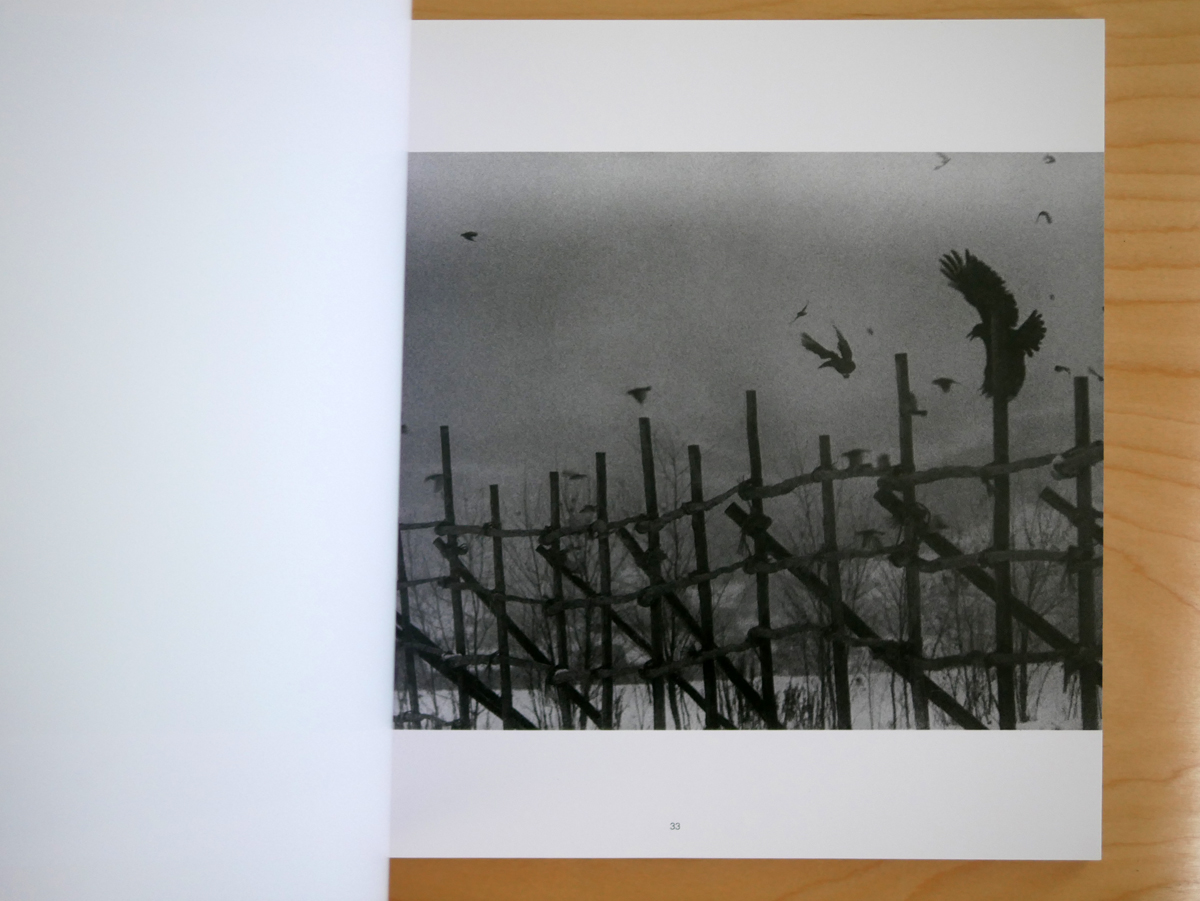
It was not simply a reflection of the existential angst and anhedonia he suffered throughout his life but manifested in artistic self-identification with the raven and ultimately spiralled into a solitary existence and artistic practice on the edge of madness. And all this before an untimely accident in 1992, a fall down the stairs of his favourite bar, resulted in him spending the final twenty years before his death with his consciousness suspended and in medical isolation. Fukase became the singular raven frozen by his camera and immortalized on the cover of his most famous book.”
Tomo Kosuga from his essay Cries of Solitude [2017]
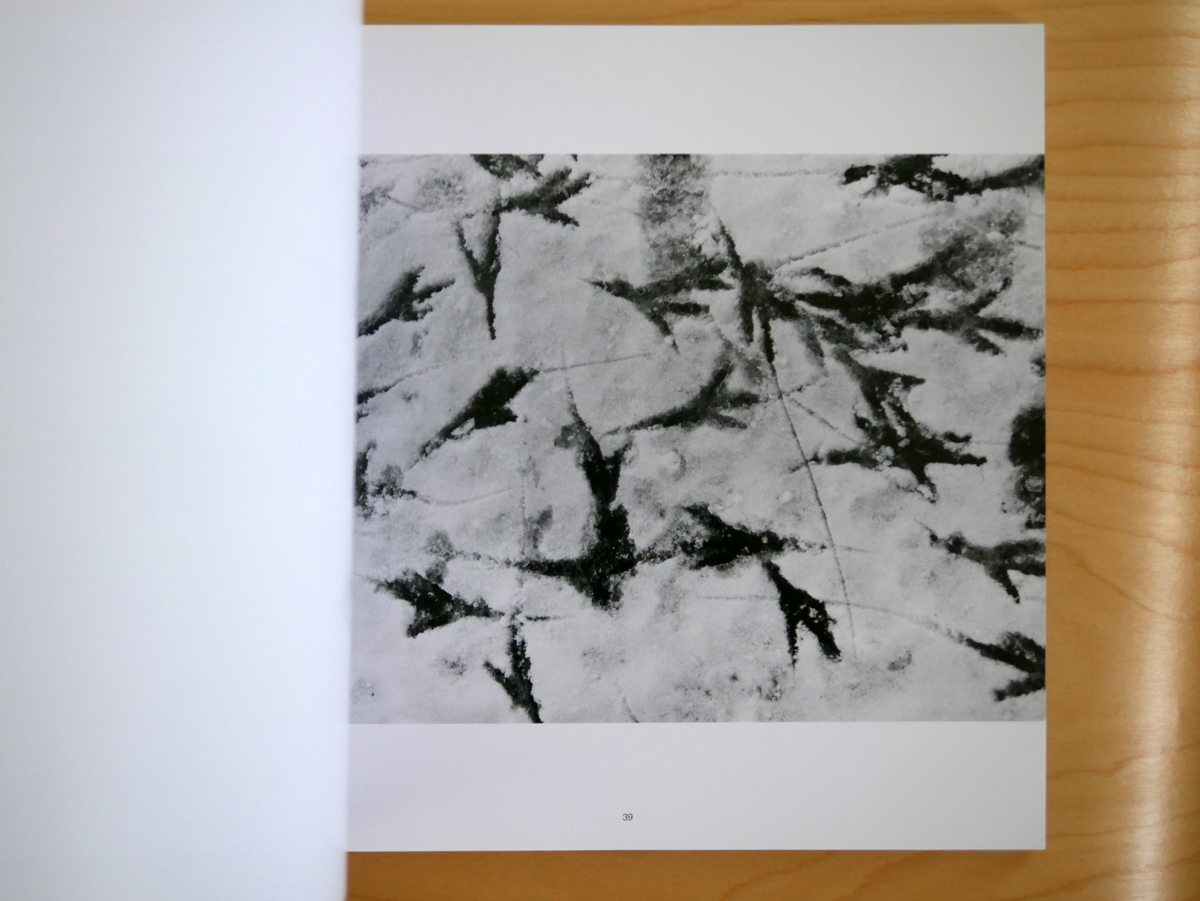
There are a number of editions of Ravens available, most recently UK-based publisher MACK has created a bilingual facsimile of the first edition containing a new text by founder of the Masahisa Fukase Archives, Tomo Kosuga. I own an older softcover edition from Bedford Arts but I’d recommend the more comprehensive new hardcover from MACK.
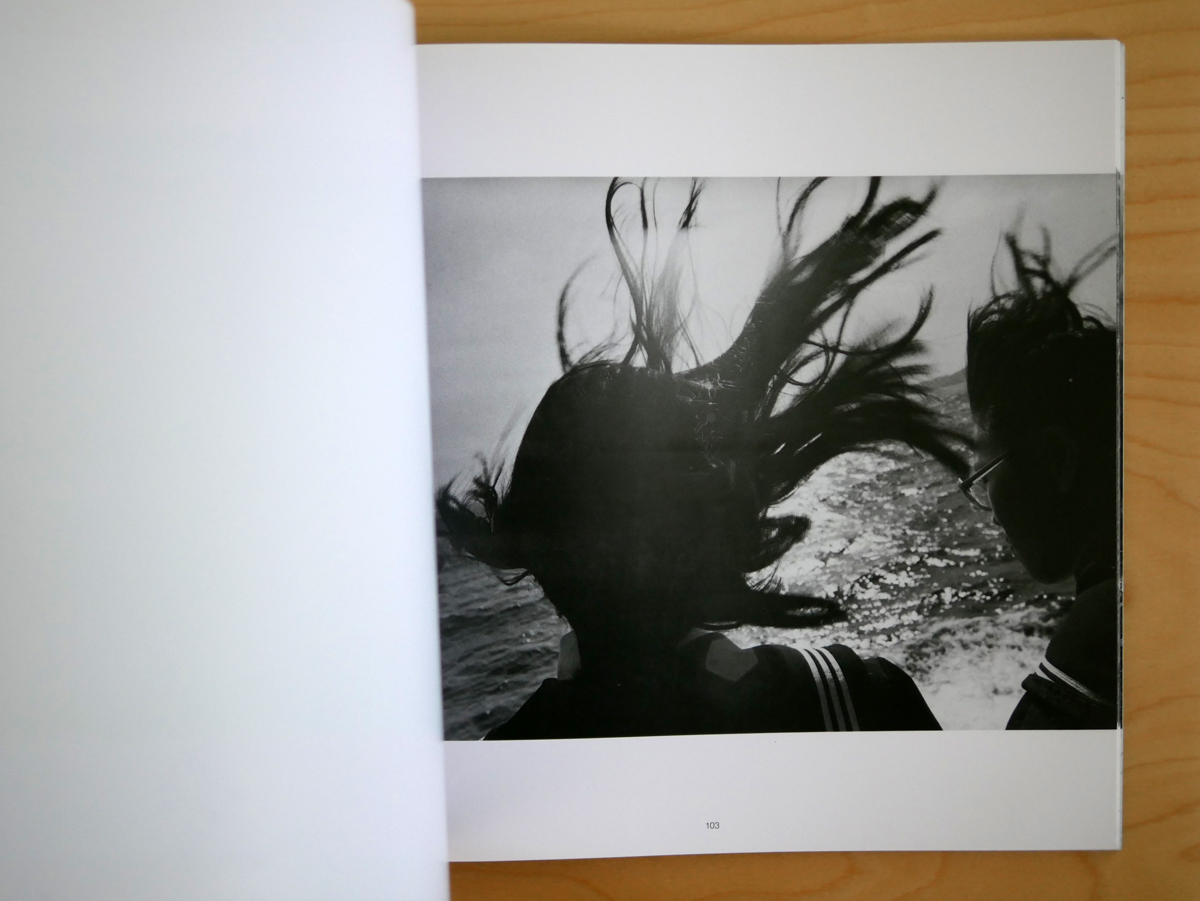
Ravens is something to live with and learn from, digested over time.
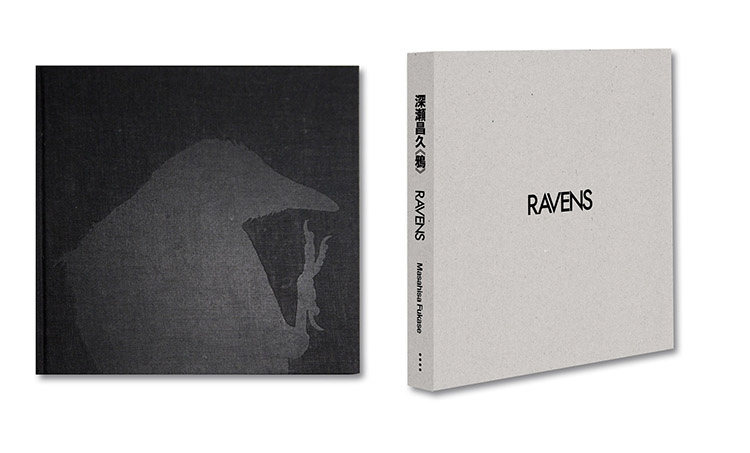
Details of the MACK edition of Ravens:
Embossed linen bound hardback, housed in a silkscreened slipcase
148 pages, 80 tritone plates, 13 colour plates
26.3 x 26.3 cm

